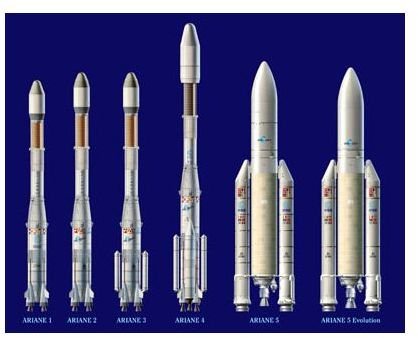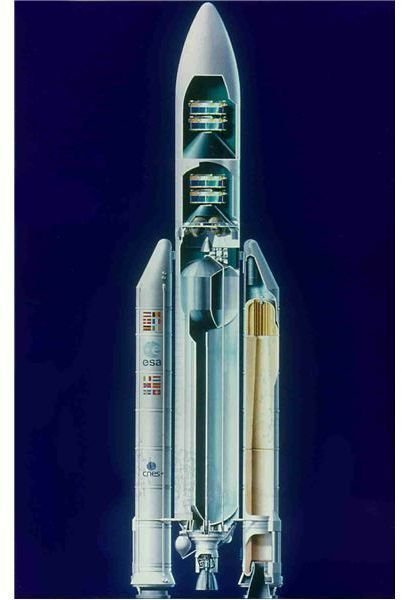Space Agencies of The World - French Space Agency - CNES. Alternative to NASA for commercial launch facilities
Overview
The Centre National d’Etudes Spatiales, or CNES, is the French government agency responsible for France’s participation in the European Space Agency. CNES is responsible for inventing space systems, improving on existing space technologies, and guaranteeing that France continues to have independent access to space. France is one of the leading European countries involved in advancing space technology worldwide.
Personnel
In partnership with other scientific and space programs, CNES designs and executes space programs as part of Europe’s long term space policy. The agency employs nearly 2,500 people, amassing an exceptional wealth of talent, including 1,800 engineers and executives, 35% of whom are women.
CNES and Ariane
CNES is most famous for its Ariane Launcher program that built CNES’ reputation for comprehensive launch services during the 1980s and 1990s. Prior to that, the Americans and the Soviets divided the launch market, and the need for commercial space transport soon became clear. In 1973 Europe wisely asserted its intention to get into the commercial space launch program independently of the Soviets and the Americans with the Ariane program.
Early Ariane Versions
As the program evolved alongside the Americans and Soviets, the world market matured and customers wanting to launch satellites were able to make their decisions based not just on technical success, but also on service. In just over a decade, Ariane launchers, versions 1 to 4, had launched more than half of the commercial satellites worldwide.

The Ariane 5
The more powerful Ariane 5 is now the “go-to” launch vehicle in the civil launch market, despite brisk competition from the U.S., China, Russia, and Japan. The Ariane 5 is the fruit of a forward-looking launch service that assures Europe’s independent access to space and leadership in the worldwide commercial launch market. The Ariane 5 is designed for reliability and simplicity so that it can be adapted to numerous different payload situations. The Ariane 5 has already captured over half the worldwide launch market for satellites in geostationary orbit. CNES’ launch facilities in French Guyana are ideal for launching satellites into geostationary orbit

Future - Backing Up the American Space Program
In August 2009, Jean-Yves Le Gall gave a presentation to the Review of U.S. Human Space Flight Plans Committee which is responsible for finding options for America’s future spaceflight programs after the Space Shuttle is retired. In his speech, Le Gall said that the Ariane 5, originally a human-rated heavy launch vehicle, can be available for American spaceflight operations including missions to the moon, Mars, and missions for resupplying the International Space Station. The need may arise if new U.S. heavy launch vehicles are not ready in time for certain missions. The Ariane 5 can be ready quickly to launch to lunar orbit as well as orbits needed for resupplying the Space Station, “objectives that are compatible with NASA’s exploration missions,” according to Le Gall.
Other Projects
But it is not only the Ariane that keeps the CNS staff busy. Other projects that CNES is currently involved in include creating a large archive of SPOT (Système Pour l’Observation de la Terre) satellite images of the earth’s polar regions to provide the international scientific community with information to understand the changes in ice surfaces on the planet. The SPOT 5 HRS instrument enables the acquisition of stereo pairs of images with resolutions as small as 5 meters.
CNES has also built a launch facility in French Guyana for Russian Soyuz launches. When the Soyuz launches, carrying a 3 ton payload into geostationary orbit, it will mark the first time a Soyuz has been launched from somewhere other than the Baikonur or Plessetsk facilities. In 2010, a Soyuz will launch the European Pleiades optical satellites which can make images with a resolution of 0.7 meters for users such as the military, geophysicists, hydrologists, and even urban planners.
References and Further Reading
https://en.wikipedia.org/wiki/CNES
https://www.portaltotheuniverse.org/news/view/6589
https://www.cnes-csg.fr/web/CNES-CSG-en/4729-the-soyuz-project.php
